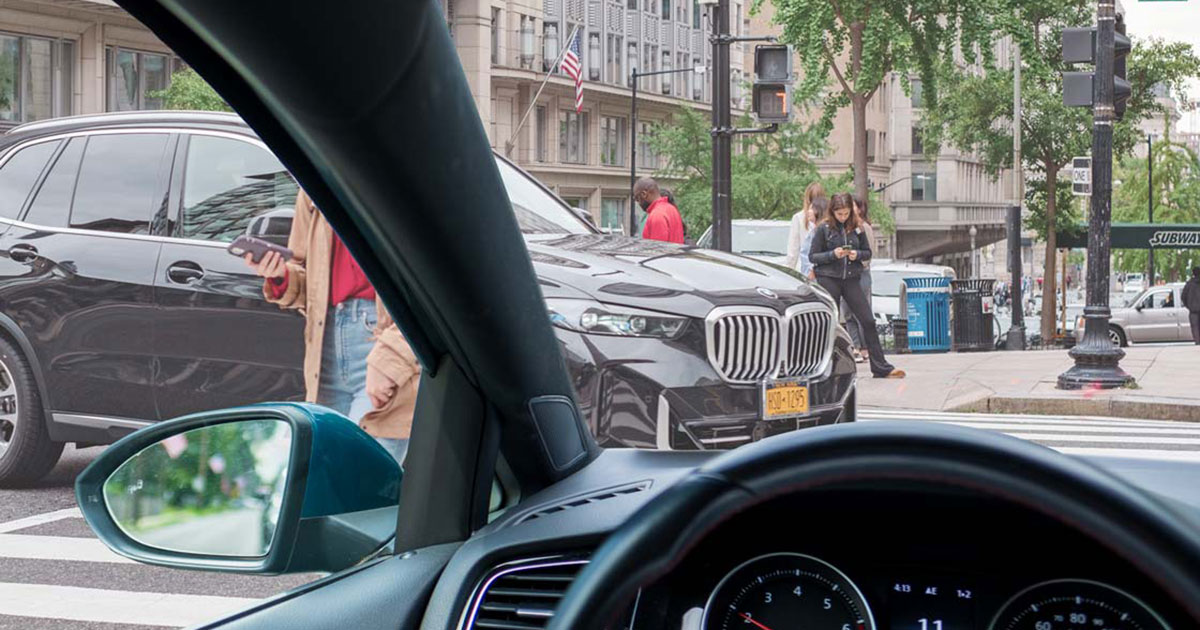IIHS analyzed 17 popular car models across different generations from 1997 to 2023: Ford F-150, Chevrolet Suburban, Honda Accord, Honda CR-V, Toyota Camry, and Jeep Grand Cherokee. They used a 360-degree camera set at driver’s eye level to assess what percentage of the space within a 10-meter radius around the car the driver can actually see.
The results were alarming: visibility in SUVs has dropped to 58% compared to 90s models. For the F-150, the decrease was "only" 17%, but IIHS clarified that visibility in this pickup was poor even in 1997. Meanwhile, the sedans Accord and Camry showed almost no change - the deterioration does not exceed 8%.
Visibility has particularly declined in the Honda CR-V: a driver of the 1997 model sees 68% of the space in front of the car, while the 2022 model sees only 28%. At the same time, visibility in the Chevrolet Suburban decreased from 56% to 28%.
The main reasons are high hoods and enlarged side mirrors that obstruct views of areas in front of the car’s front corners. This is particularly dangerous when driving in the city, where pedestrians and cyclists often encounter these "blind" spots.
According to IIHS President David Harkey, even such a small sample provides grounds for concern. The new measuring method allows for standardized evaluation of visibility and can be applied to a broader range of vehicles.
Source: Carscoops

